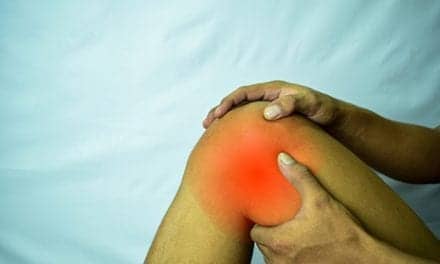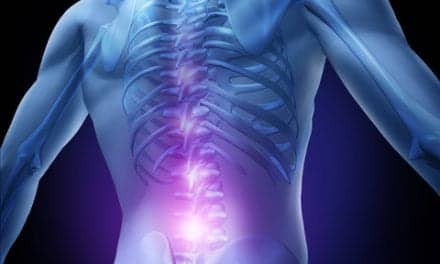
Roy Cheung, PT, PhD, assistant professor in the Department of Rehabilitation Sciences at The Hong Kong Polytechnic University, with examples of “minimalist” running shoes. (PRNewsFoto/PolyU)
For runners, when it comes to running, it’s all about the shoes. A recent study comparing minimalist and traditional running shoes suggests that running in minimalist shoes may affect leg and foot muscle volume.
In addition, the researchers suggest that minimalist shoes may have potential in rehabilitation programs as a way to treat injuries related to weak foot muscles rather than using orthotics.
Researchers at The Hong Kong Polytechnic University (PolyU) and Harvard Medical School conducted the study, which was published recently in Clinical Biomechanics.
According to a media release from PolyU, PolyU Department of Rehabilitation Sciences Assistant Professor Roy Cheung, PT, PhD, recruited 38 runners (mean age: 35) from local running clubs to participate in the study.
The 21 male and 17 female participants have all been running for an average of 6 years wearing traditional running shoes—which have a heel-to-toe drop of more than 5 mm, with an additional cushioning pad and artificial arch support.
From the main group, 20 were randomly selected to undergo a 6-month training program in which they were given a pair of minimalist running shoes and a self-monitoring program including transition exercise regimens such as calf strengthening exercise and balance training.
The other 18 participants in the control group were given the same exercise program, but instead continued to wear their traditional running shoes.
As opposed to the traditional running shoes, the minimalist running shoes used by the participants in the experimental group featured an open-topped upper made of stretchy fabric, five separate toe compartments, zero heel-to-toe drop, no midsole cushioning or arch support, and a uniform 3-mm outer sole, per the release.
All the participants underwent magnetic resonance imaging scanning to measure their right leg and foot muscles before and after the training program.
According to the release, per the MRI results, the participants in the experimental group exhibited significantly greater leg and foot volume.
The mean volume of the extrinsic foot muscles (EFM) attached from the leg to foot increased from around 25,100 mm3/kg to around 27,000 mm3/kg, an increase of 7.05%, and the intrinsic foot muscles (IFM) attached from the heel to toes increased from around 4,600 mm3/kg to near 5,000 mm3/kg, an increase of 8.8%.
The researchers also suggest there was a positive correlation between participants’ compliance with wearing the minimalist running shoes and the changes in their leg muscle volume.
The researchers explain in the release that, as the minimalist running shoes provide minimal cushioning and no mechanical support to the foot arches, the IFM and EFM, which function as important foot arch stabilizers, would experience greater demands for strength. The volumetric growth of EFM may also be due to higher strain and greater force generation in the posterior and medial calf muscles when running with minimalist running shoes.
They add that mid/forefoot landing imposed more stimuli to the anterior part of the foot, especially for the metatarsophalangeal joint, the joint of the foot, and the toes. Muscles responsible for metatarsophalangeal joint motions may therefore be strengthened with this type of landing.
[Source(s): The Hong Kong Polytechnic University, PR Newswire]





